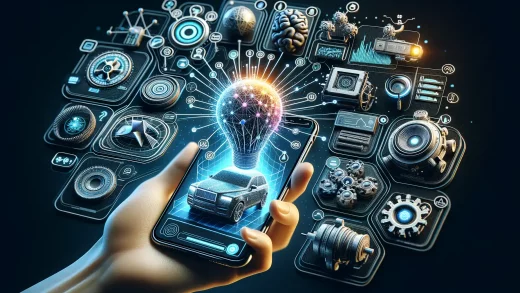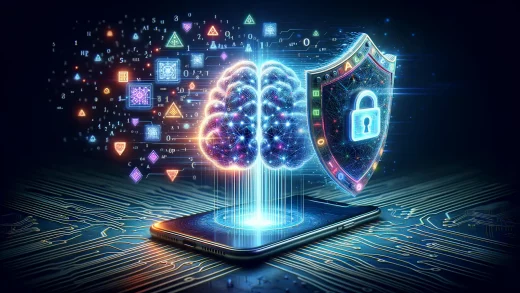Introduction to AI in Mobile Cybersecurity
Picture this: you’re scrolling through your favorite app, maybe transferring money, storing private notes, or chatting with colleagues. It feels safe, seamless, and personal. But did you ever wonder what keeps your sensitive data from falling into the hands of cybercriminals? Enter the world of AI-powered mobile cybersecurity, where invisible digital bodyguards work tirelessly behind the scenes.
The Invisible Watchman in Your Pocket
Traditional security measures were once like rigid gates – strong but predictable. Now, imagine having a watchman who learns as they protect you, adapting to new threats faster than hackers can scheme. That’s where Artificial Intelligence steps in. AI doesn’t just wait for malware – it predicts and prevents it. Ever heard of anomaly detection? AI algorithms can flag suspicious behavior on your device, like an app suddenly requesting access to your camera at odd hours.
- Real-time threat analysis: Immediate assessment and action to stop threats in their tracks.
- Behavior-based security: Adapts by understanding how YOU use your apps, offering hyper-personalized protection.
Think of AI in mobile cybersecurity as the Sherlock Holmes of the digital era—relentlessly investigating patterns and solving puzzles before you even realize there’s a mystery at hand.
Key Features of AI-Driven Cybersecurity Solutions
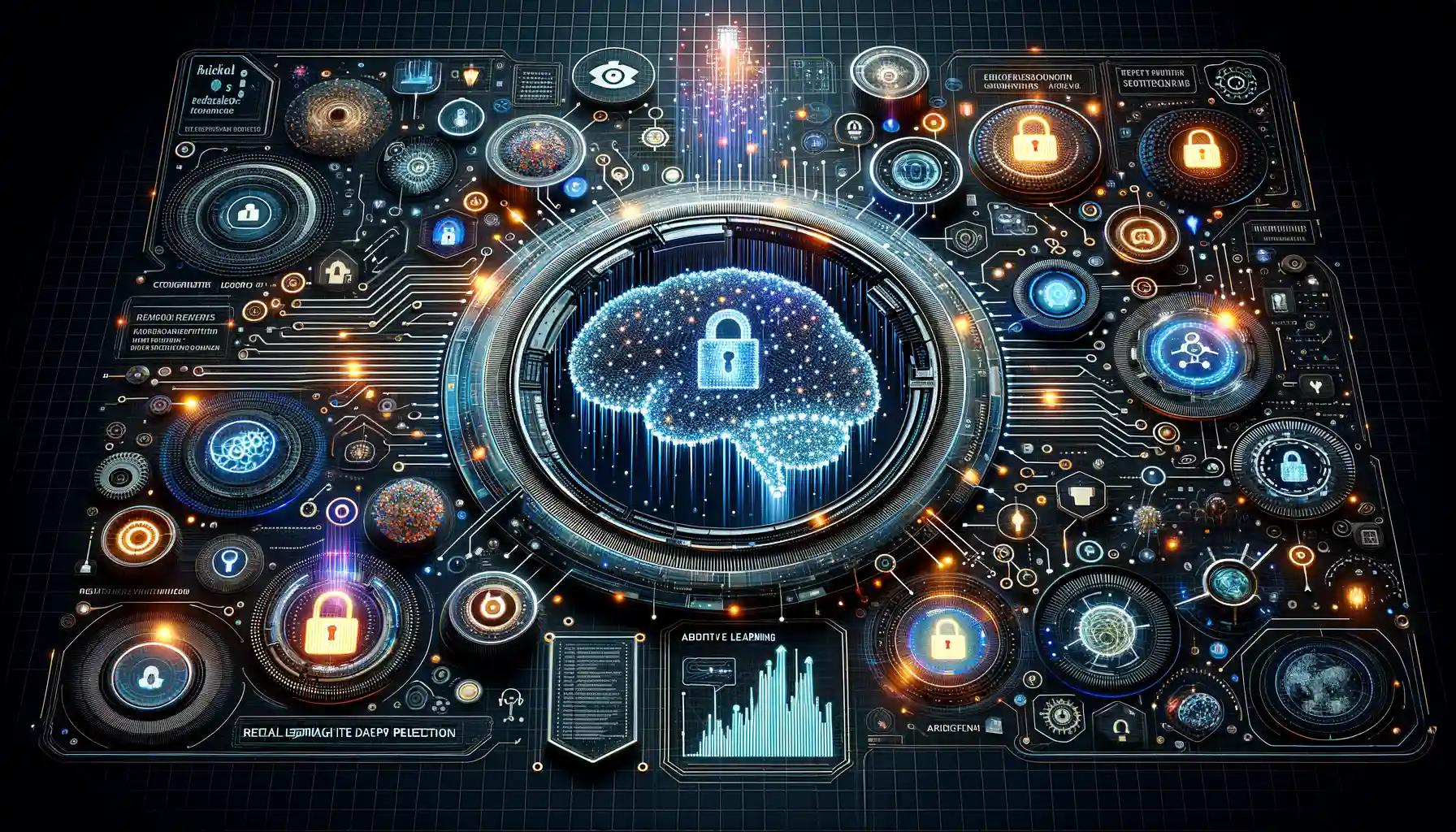
Smarter, Sharper, Faster: How AI Transforms Cybersecurity
When it comes to guarding your mobile apps, traditional security approaches are like rusty old locks on a digital safe. Enter AI-driven cybersecurity—your vigilant, always-on watchtower. These solutions don’t just react; they predict, adapt, and outsmart cyber threats with the precision of a chess grandmaster. That’s the magic of embedding artificial intelligence into your app’s defenses.
What makes them so extraordinary? Here are just a few jaw-dropping features:
- Behavioral Analysis: By studying user patterns, AI detects the tiniest glitches—a sudden login from an unknown device or a suspicious data request. It’s like having Sherlock Holmes for your code.
- Real-Time Threat Detection: Forget waiting for updates. AI spots malware, phishing links, and zero-day vulnerabilities as they unfold, shutting down risks before they flex their muscles.
- Adaptive Learning: Cybercriminals evolve fast, but AI evolves faster. With every attack it thwarts, it grows smarter, meaning yesterday’s trick won’t work tomorrow.
The Invisible Shield for Your Digital World
What sets AI apart is its ability to become an unseen ally. Think about spam filters that instantly block phishing emails or authentication systems sniffing out impostors before you even blink. Advanced AI-powered tools go a step further—they act as digital bodyguards, encrypting sensitive data on the fly and fortifying communication lines without disrupting user experience.
But here’s the kicker: it’s not just about stopping threats. AI’s proactive nature means it turns defense into offense, uncovering weaknesses in your system before hackers do. It’s like having a weather forecast for cyber attacks—and who wouldn’t love to carry an umbrella before the storm hits?
AI’s Role in Combating Evolving Cyber Threats
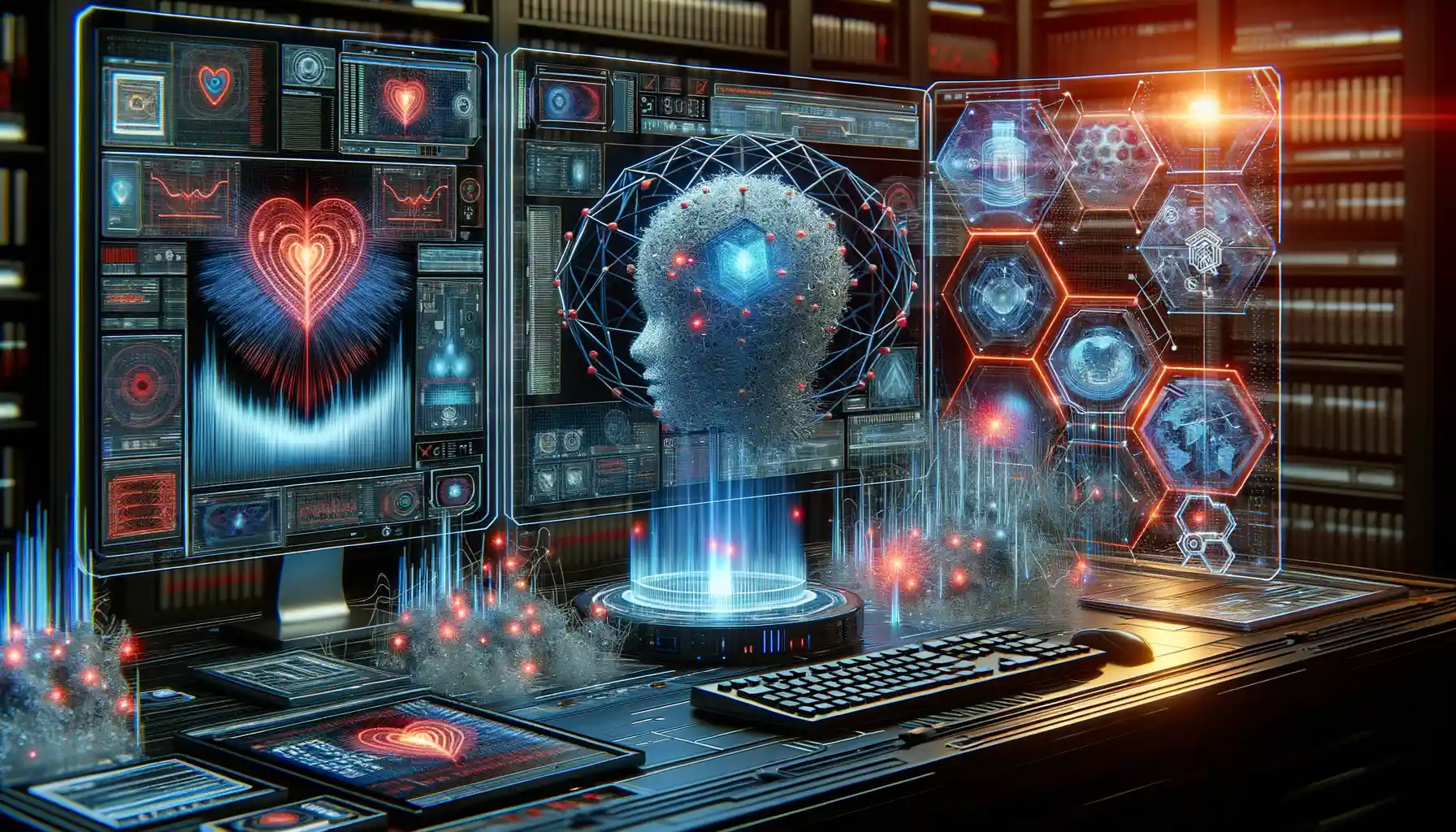
Why Cyber Threats Keep Us on Our Toes
The digital battlefield is constantly shifting. Hackers don’t rest—they adapt, evolve, and get craftier by the day. You think you’ve nailed your defenses, and then *bam*, a new zero-day vulnerability creeps in. This is where the brilliance of AI-powered cybersecurity comes to life. We’re no longer just building walls around our mobile apps; we’re equipping them with a sentient guard dog that never sleeps.
AI doesn’t play by old rules. Instead, it spots patterns you’d miss—like a subtle anomaly in a sea of data traffic. Imagine someone slipping through airport security by mimicking regular passengers. Traditional security might miss it, but an AI system? It’s like having a superhuman agent sniffing out the tiniest whiff of suspicious behavior.
- Phishing schemes: AI analyzes millions of emails in seconds, flagging malicious links before you even blink.
- Behavior prediction: It can predict future attacks by studying the DNA of past ones.
- Real-time responses: Think instant threat isolation when malware dares to breach your app’s fortress.
From Silent Observers to Relentless Protectors
At its core, AI transforms mobile app security into a living, breathing entity. Take, for instance, device fingerprinting—AI can instantly tell if the login attempt from “you” at 3 AM was really you or some imposter in another timezone. It’s not just about reacting; it’s about anticipating the hacker’s next chess move.
And here’s the beauty: AI learns. The more threats it encounters, the sharper it becomes. Think of it as the Sherlock Holmes of cybersecurity—analyzing every clue, connecting dots invisible to the naked eye, and staying five steps ahead of cybercriminals.
The Impact on Users and Developers
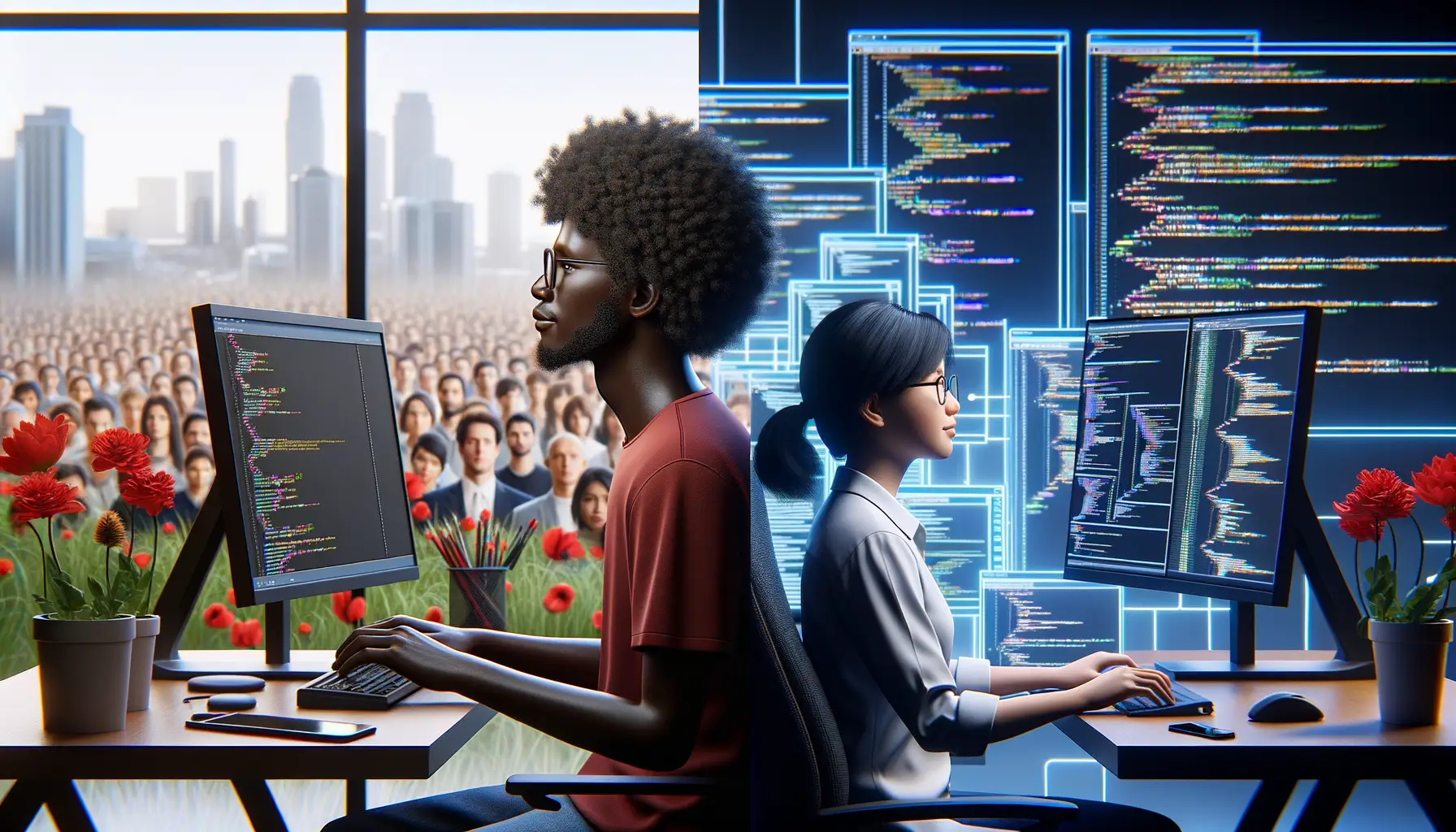
Empowering Everyday Users
Imagine unlocking your phone, checking your favorite app, and feeling a quiet sense of security—like having an invisible shield protecting you. With AI-driven cybersecurity, this isn’t just wishful thinking; it’s everyday reality for millions of users. These systems don’t just guard against obvious threats; they anticipate danger before you even know it exists.
How does this translate to your daily experience? Consider the seamless AI detection of phishing attempts. That one fake banking email or suspicious shopping offer vanishes from your inbox before you have a chance to fall for its trap. It’s like having a hyper-vigilant assistant that never sleeps!
And then there’s the convenience. No longer are users drowning in complex, manual security settings. Instead:
- Apps adjust to your habits, learning when you’re most vulnerable.
- Notifications prioritize only critical alerts, letting you breathe easy.
- Passwords? A shrinking relic, thanks to biometric and behavioral analysis AI.
Rewriting the Rulebook for Developers
For developers, the rise of AI is like being handed the keys to a high-performance racecar. Developers can now focus on crafting stunning app experiences while the heavy lifting of security is quietly handled in the background. Dynamic threat modeling evolves alongside their code, identifying vulnerabilities before an app reaches the hands of users.
Here’s what’s changing in real-time:
- Error-prone manual code review is supplemented—or even replaced—by AI models spotting issues in seconds.
- Developers gain actionable insights into attack patterns, helping them build stronger apps.
AI in cybersecurity isn’t just a tool; it’s a partner. It enables creators to innovate fearlessly while users roam the digital landscape with confidence. Safe, strong, and worry-free—that’s the world we’re stepping into.
Future Trends and Challenges in AI Cybersecurity

The Race Between AI and Cybercriminals
The world of AI cybersecurity feels a lot like a high-stakes chess match—each move made by one side demands an even smarter counter from the other. As artificial intelligence gets sharper at identifying sneaky malware and phishing schemes, cybercriminals are upping their game too. Imagine this: AI can now detect unusual patterns in mobile app behavior within seconds, but attackers are using their own AI to create more sophisticated, adaptive malware. It’s like watching two masterminds trying to outwit each other, move after move.
Some challenges already loom large:
- Adversarial AI: Hackers are feeding algorithms with false data to confuse detection systems.
- Deepfake phishing: Not your average email scam—now we’re talking cloned voices or videos to manipulate users.
The Rise of Ethical Dilemmas in AI Security
As powerful as AI is in defense, it comes with ethical puzzles that keep experts awake at night. For instance, how much of your smartphone activity should AI scan to protect you? Where’s the line between protecting privacy and invading it? Developers face tough calls—how much trust can we place in a machine to decide what’s “safe”?
And then there’s the bias problem. What if the AI protecting your apps misunderstands cues because it wasn’t trained on diverse enough data? These aren’t just tech problems—they’re deeply human ones, underscoring the delicate dance between innovation and responsibility.

